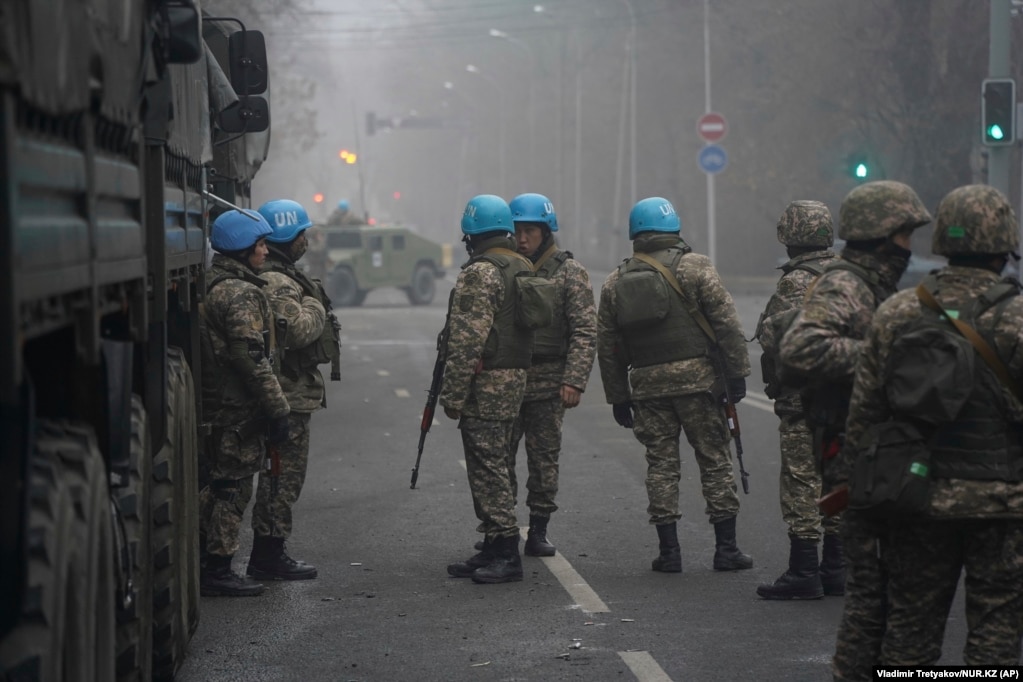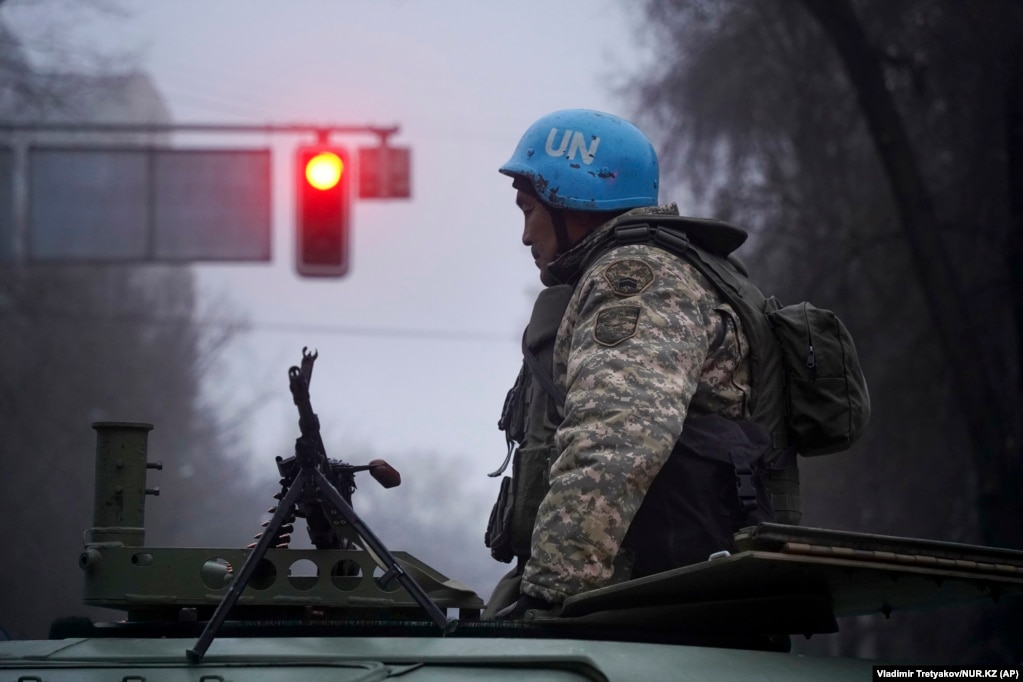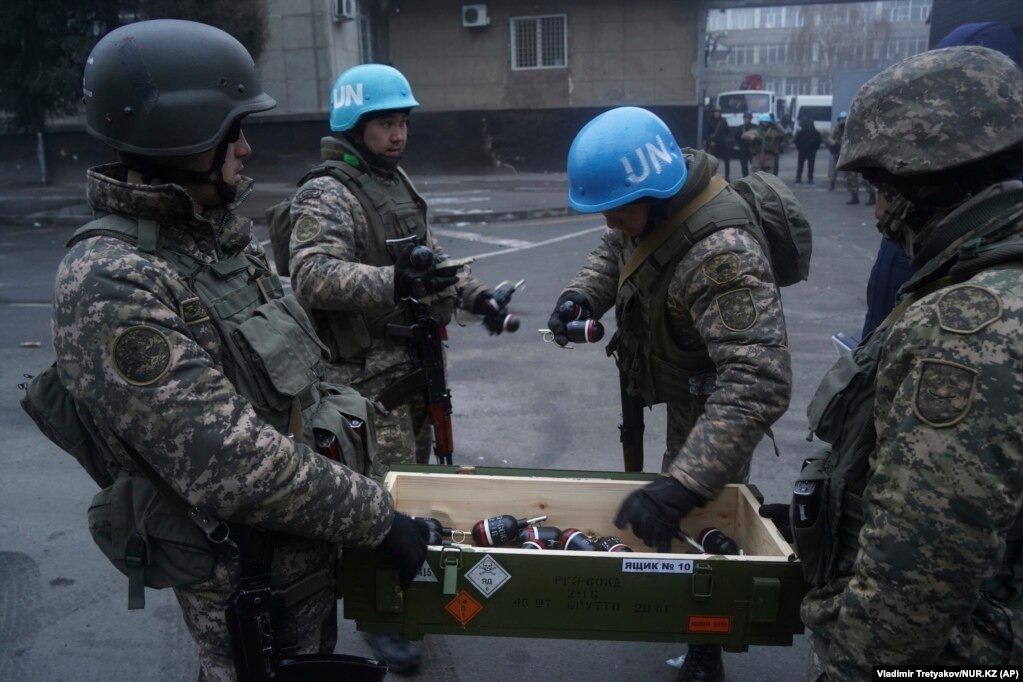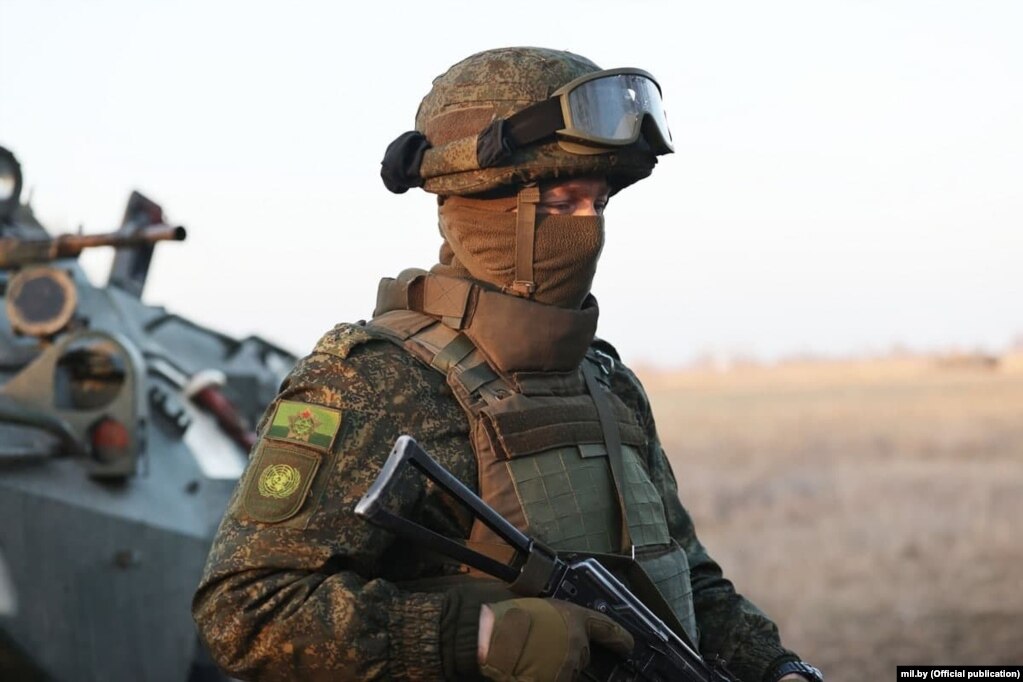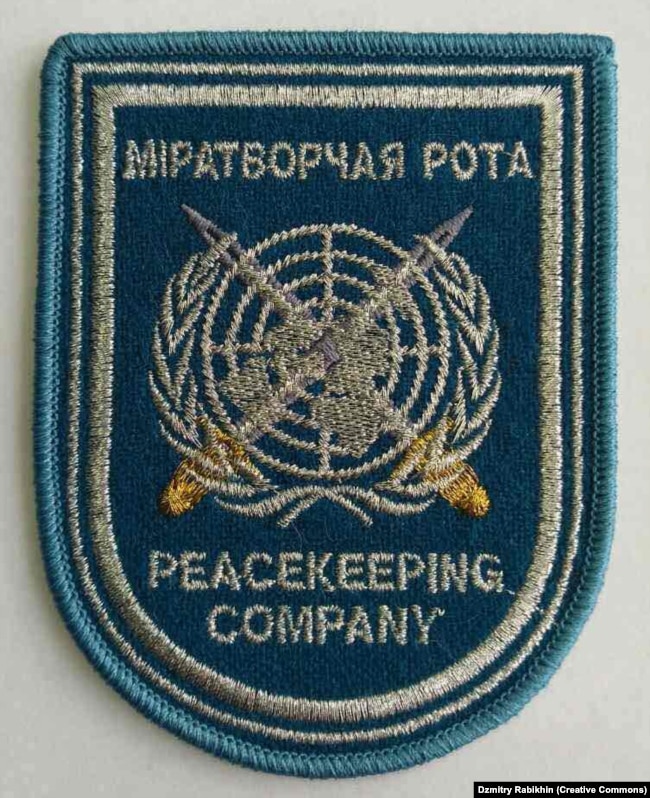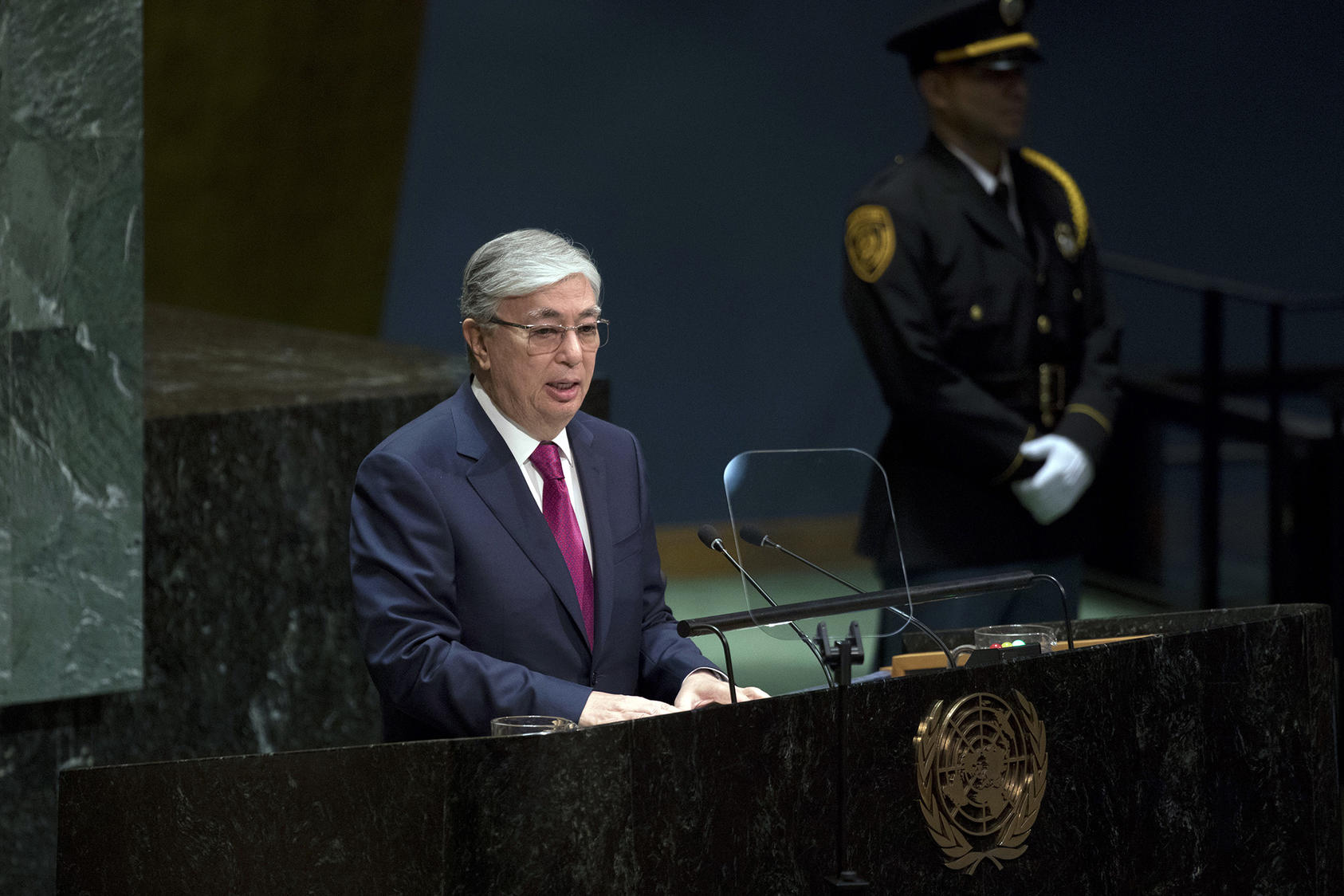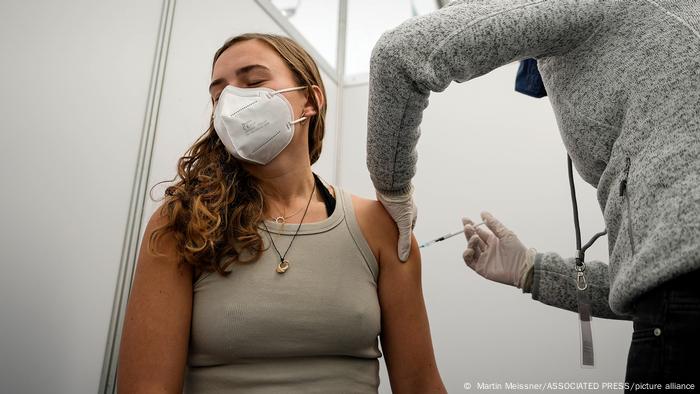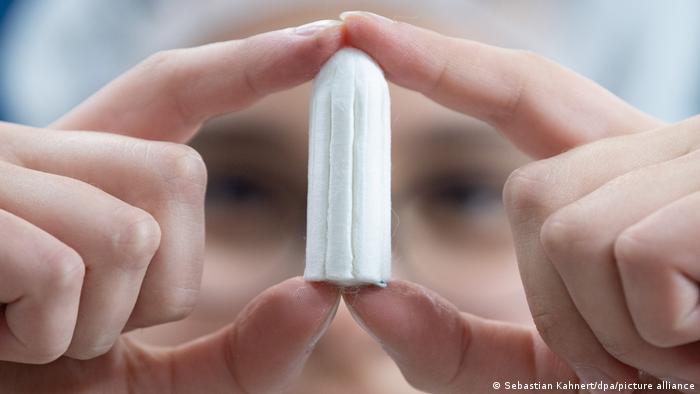
Campaign Against Nazarbaev And Cronies Of Kazakhstan’s First President Has Begun – Analysis
By RFE RL
By Bruce Pannier*
(RFE/RL) — The dust is settling in Kazakhstan after a tumultuous start to the year in which initially peaceful protests were hijacked by violent groups who left carnage in Almaty and other parts of the country.
Amid the unrest, it also became apparent that there was a power struggle going on within the government between the current president, Qasym-Zhomart Toqaev, and loyalists of his still powerful predecessor, Nursultan Nazarbaev.
The turmoil now seems to be ending with members of the family of the country’s first president and his close associates seemingly facing a bleak future.
If there were any doubts about who emerged victorious, Toqaev put them to rest on January 11 at a session of parliament when he ordered the end to any state business with a massive waste and recycling company linked to Nazarbaev’s youngest daughter, Aliya.
“Entrepreneurs and society in general have a lot of questions about the activities of the company, which is called the Operator ROP,” Toqaev said.
Operator ROP is a recycling monopoly founded in 2015.
Kazakh Ecology, Geology, and Natural Resources Minister Serikkali Brekeshev told a meeting of the government on January 12 that the company has earned some 692 billion tenge (almost $1.6 billion) since 2016.
The company’s website features a large photo of President Nazarbaev with a strong recommendation for the heads of Kazakh regions to do business with Operator ROP.
Toqaev’s January 11 comments were the first clear indication that the vast wealth and holdings of members of the Nazarbaev family might be in jeopardy.
Toqaev had announced that he was taking Nazarbaev’s seat as secretary of Kazakhstan’s Security Council on January 5, a move many saw as an indication that the fortunes of the 81-year-old former president known as “Elbasy” — or Leader of the Nation — might have taken a turn for the worse.
Nazarbaev had used that powerful post to retain a great deal of his influence after he officially stepped down as president in March 2019 and handed over the presidency to Toqaev, his hand-picked successor.
Nazarbaev press spokesman Aidos Ukibay said on January 9 that the ex-president had voluntarily stepped down as Security Council secretary, though no one else in the Kazakh government repeated this claim.
Amid speculation as to Elbasy’s whereabouts – he has not been seen in public since December 28 — Ukibay said on January 8 that Nazarbaev was still in the capital, Nur-Sultan.
In his January 11 speech, Toqaev added that “Thanks to the first president, Elbasy, a group of very profitable companies emerged in the country, as well as a group of people whose wealth is significant even by international standards.”
Toqaev announced that a special social fund “for the people of Kazakhstan” would be created and would receive “significant and regular contributions” from businesses.
He said the government “will have to establish the group of companies with which it will have to agree with upon the size of their annual contributions to the foundation.”
Toqaev added: “I believe the time has come to pay that which is due to the people and help them.”
Toqaev did not mention any specific names, but he didn’t need to.
People like Kazakhmys chief Vladimir Kim or banker Bulat Utemuratov — well connected to the former president — are known to have made billions of dollars during Nazarbaev’s nearly 30-year reign.
And everyone in Kazakhstan knows that the members of Nazarbaev’s family have grown fantastically wealthy, something detailed in a December 2020 report by RFE/RL.
Nazabaev’s second-oldest daughter, Dinara, and her husband, Timur Kulibaev, are regularly ranked as being among the richest people in Kazakhstan with assets in excess of $1 billion.
Prior to the recent outbreak of violence, it seemed like most of the time when Kazakhstan was mentioned in Western media it was because of mansions, villas, and even castles members of the Nazarbaev family owned in Europe, the United States, or Dubai — or for the massive yachts and private jet planes they bought.
Where most of the members of the Nazarbaev family are today remains unclear at the moment.
An aide to Darigha Nazarbaeva, Nazarbaev’s eldest daughter and parliament member, said on January 12 that she had COVID and is still in Almaty, which is why she missed sessions of parliament.
Kyrgyzstan’s 24.kg website reported on January 12 that Nazarbaev’s notorious brother, Bolat, crossed into Kyrgyzstan by car in the early morning of January 6 and later the same day boarded a flight from Bishkek to Dubai.
And the investigative outlet Bellingcat tracked “a Bombardier Challenger 604 private jet [that] flew from Almaty to Geneva” on January 4, two days after the protests started.
Bellingcat said “this aircraft’s past flight record shows trips to several European countries, Russia, the Maldives, and Dubai.”
Bellingcat also reported that “On 5 January, between 10 and 11 UTC…a Bombardier Global 6000 with no registration number and no other identifying details was spotted flying from Almaty…[and] we found that it landed at Farnborough Airport just outside London, a common destination for private jets coming to the U.K.”
And there were two Kazakh planes that briefly landed at Kyrgyzstan’s Manas airport on January 5, one arriving from Dubai and the other from North Macedonia. The planes stopped only briefly for maintenance and refueling before traveling onward.
The abundance of private jets flying in and out of Kazakhstan during the days of upheaval have many suggesting that close and extended members of the Nazarbaev family left the country.
Toqaev has not openly said Kazakh authorities are going after the Nazarbaevs and, considering Toqaev has been in the Kazakh government working for Elbasy since the first days of independence, he will need to tread carefully in attacking the family of the man he served for so long.
But Toqaev would have an abundance of public support for stripping Nazarbaev family members of their ill-gotten gains and Toqaev will need this support as he finally steps out of the shadow of his predecessor and forms his own government.
- Bruce Pannier writes the Qishloq Ovozi blog and appears regularly on the Majlis podcast for RFE/RL.
One week after the violent repression of protests in Kazakhstan, France 24 went on the ground to try to understand what sparked the situation.
Video by: Elena VOLOCHINE
A week after the crackdown on protests in Kazakhstan, residents of the former capital, Almaty, are still wondering what really happened. As Russian coalition forces began their withdrawal Thursday, FRANCE 24 went there to try to understand how peaceful demonstrations could have turned into war scenes.
10 days after the events, what really happened in Almaty remains unknown. Amnesty International has called on Kazakhstan to publish information on the number of victims among civilians; so far there has not even been an estimate of that figure.
At the public television station Almaty TV, visited by FRANCE 24, the damage was visible. “We asked the authorities," said Aygerim Agyltaeyeva, the news editor, "but we haven’t had an answer yet”.

1 of 10
ALMATY, Kazakhstan (AP) — With about 12,000 people arrested after anti-government protests in Kazakhstan last week, friends and relatives of those held by police waited outside a jail Wednesday, hoping to learn their fate. Some even went to morgues to see if a loved one was among the scores killed in the unprecedented violence in the Central Asian nation.
Authorities have refused to allow relatives or lawyers to see those in custody, giving little information about them, according to human rights activists.
The demonstrations began Jan. 2 in the western part of Kazakhstan over a sharp rise in fuel prices and spread throughout the country, apparently reflecting wider discontent with the government, which declared a state of emergency for the whole country and asked a Russia-led military alliance to send in troops to help restore order.
Another 1,678 people were arrested in the past 24 hours in Almaty, the largest city that was hit hardest by the turmoil, and more than 300 criminal investigations have been opened. President Kassym-Jomart Tokayev blamed the unrest on foreign-backed “terrorists,” but did not provide any evidence, and had given shoot-to-kill orders to security forces to quell the unrest.
Outside a branch of the Internal Affairs department that housed a large detention center, a man who gave his name only as Renat said he has been waiting nearly a week to see or get any information about a close friend, Zhandos Nakipovich. He said Nakipovich, whom he described as being like “a brother” to him, was taken into custody on Jan. 4 during a peaceful protest.
“He was at first held at a precinct, then they told us he was in the Internal Affairs department,” Renat told The Associated Press. “Since Jan. 6, we’ve been here and we don’t know whether he’s alive or not.”
Military checkpoints prevented anyone from getting close to the building.
“Neither lawyers nor relatives — no one is allowed inside. Lawyers should be present during interrogation, but as you see, no one can pass,” said Galym Ageleuov, head of the Liberty human rights group, who was waiting at the barricade.
“The checkpoint blocks the access for lawyers and relatives to see what’s going on there. We don’t even have the list of detainees,” Ageleuov said.
More than a dozen men and women in dark winter clothes gathered outside one of Almaty’s morgues, with some of them waiting to collect the bodies of relatives killed in the unrest. Huddled together in small groups, they stood at the gate of the facility, chatting quietly with each other but refused to talk to a reporter.
Although the official death toll was announced as 164, Tokayev has said hundreds of civilians and security forces were killed and injured.
Life in Almaty has started returning to normal after days of unrest that saw cars and buses torched, government buildings stormed and set ablaze, the airport seized and the sound of gunfire ringing out. The unrest had largely ended by last weekend.
Public transportation has resumed and shopping malls reopened, and the only reminders of the violence were occasional military roadblocks and the charred exterior of city hall, which was set ablaze at the height of the rioting.
Authorities in the energy-rich country of 19 million sought to mollify the anger at the government by capping fuel prices for 180 days. The Cabinet resigned, and longtime former leader Nursultan Nazarbayev was ousted from his influential post of head of the National Security Council. Nazarbayev had stepped down as president in 2019 after nearly three decades in power, but retained influence in the security forces.
Tokayev requested help from the Collective Security Treaty Organization, or CSTO, a Russia-led military alliance of six ex-Soviet states. The bloc sent over 2,000 troops to Kazakhstan, and Tokayev said the troops will start withdrawing Thursday.
